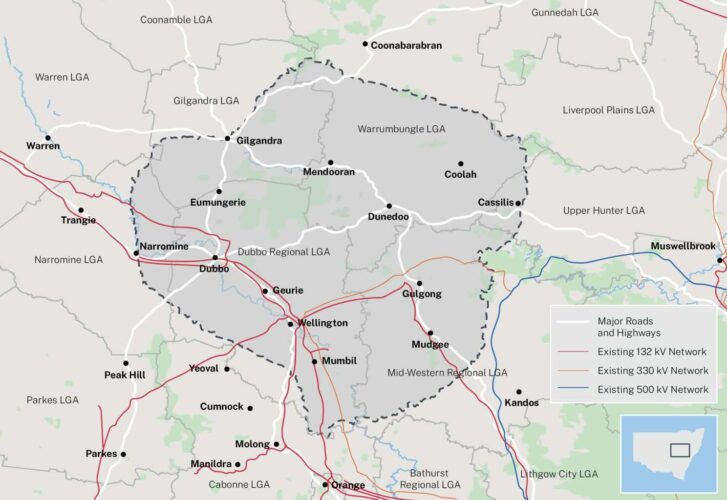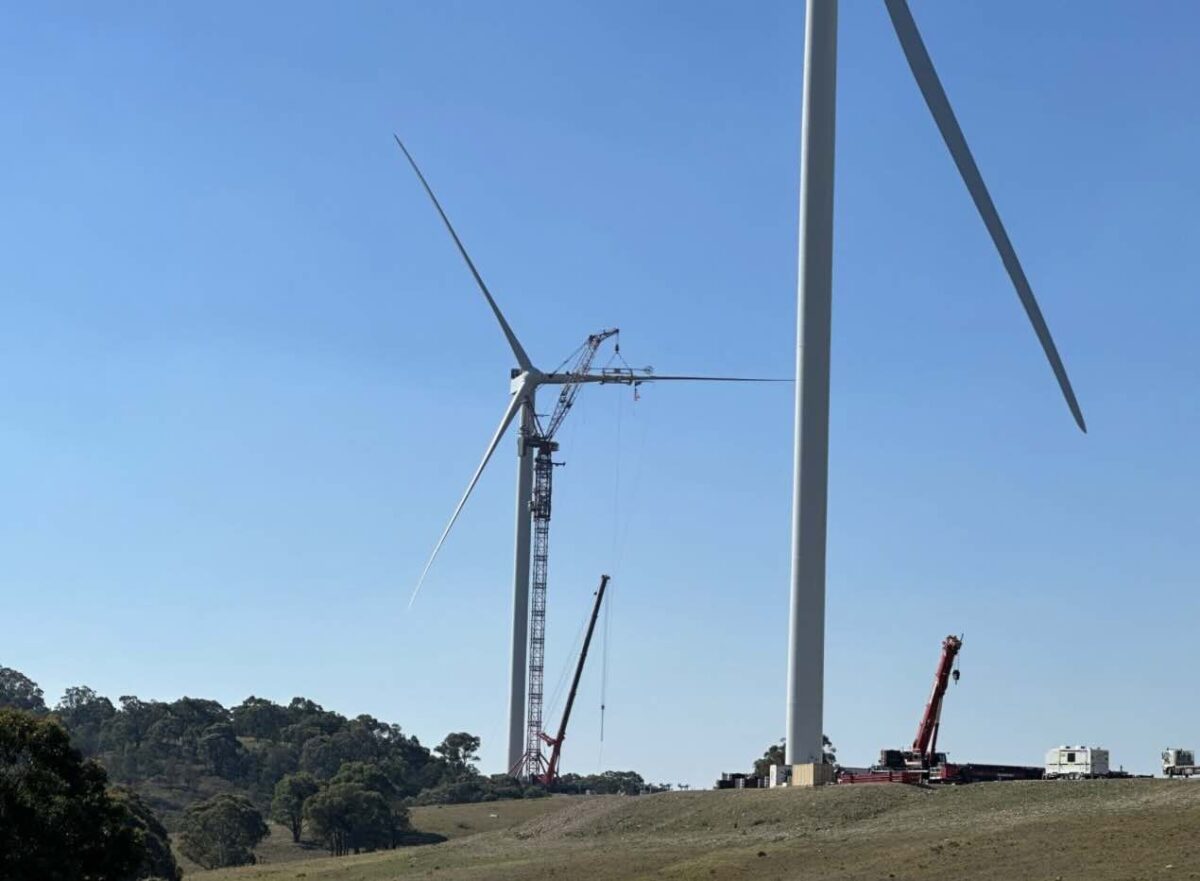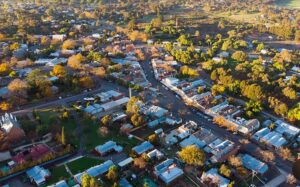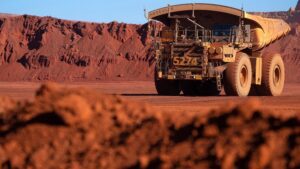The New South Wales government says it has reached a significant milestone with planning approval for the Central-West Orana renewable energy zone, which it says is the first in Australia to achieve this step.
The planning approval for the Central West REZ paves the way for construction to begin of around 240 kms of poles and wires and associated infrastructure in a region that includes Dubbo, Dunedoo and Mudgee.
The REZ will host at leat 4.5 gigawatts of new wind, solar and storage projects, and is expected to be operating in 2028. It is one of at least five REZs planned by the state government as it seeks to replace its ageing coal fired generators with a mix of renewables, storage and dispatchable capacity.
“This is the first REZ Transmission Project in the country to obtain planning approval, paving the way for a significant boost in renewable energy generation to replace aging coal-fired power stations,” state climate change and energy minister Penny Sharpe said in a statement.
“It’s not just about clean energy. This project will bring long-term financial benefits to both NSW electricity consumers and the local communities which will host the Central-West Orana REZ.”
NSW hopes to replace all of its remaining four coal fired generators within a decade, although the time line has been slipping because of delays in new wind and solar construction caused by delays in planning approvals, supplies, connection and commissioning.
Last month it was announced that the planned closure of the country’s biggest coal fired generator, the 2.88 GW Eraring facility, had been delayed by at least two years, and possibly four – although it is likely to operate at just one quarter of its rated capacity,.
That extension will cost the NSW taxpayer up to $450 million over two years, and is being blamed on a lack of replacement capacity.
Australia needs at least 6 GW of new capacity to be added each year to reach its target of 82 per cent renewables by 2030, but is running at little more than half of that in the last two years. The first major auction under the Capacity Investment Scheme, which reserves a significant share to NSW, is expected to address that issue.

The Central West REZ however has been the subject of intense opposition from some members of the community, with 398 submissions received, 369 objecting and just three providing support.
Most of the opposition was based around concerns of environmental and visual impact, with many questioning the roll out of renewables and suggesting that nuclear power stations or even new coal fired power stations should be built – somewhere else.
Others suggested that transmission lines should be put underground, but EnergyCo, the state authority charged with the rollout of the REZs, says this will be too costly, and will result in more environmental impacts because of the deep and wide trenches that would need to be built.
“The Department recognises that using underground transmission lines may be feasible in some locations and
would further reduce environmental impacts, such as disruptions to aerial firefighting or result in lower visual
impacts,” it said.
“However, the Department considers this option would not meet other project objectives and would not
allow the timely connection of renewable energy projects in the CWO REZ to energy consumers.”
A number of key changes, however, were negotiated through the community process, including on routes and siting of supporting infrastructure.
The project includes 90 kms of 500 kV transmission lines and 150 kms of 330 kV transmission lines, and will cost around $3.2 billion. It will support network capacity of 4.5 GW. Wind, solar and storage projects are bidding for “access rights” that will effectively reserve their spot on the grid, with limited or no curtailment.
The assessment report noted that EnergyCo had identified eleven candidate foundational generators to connect to the project within the CWO REZ, with a total generating capacity of up to 6.2 GW.
Planning minister Paul Scully described the approval as a “huge step forward” for the switch to clean energy and says the government is seeking to accelerate the delivery of renewable energy infrastructure.
“Our recent budget invested money into the planning system to support and speed up the NSW Government’s assessment of renewable energy projects and meet our 2050 goal of Net Zero emissions,” he said.








